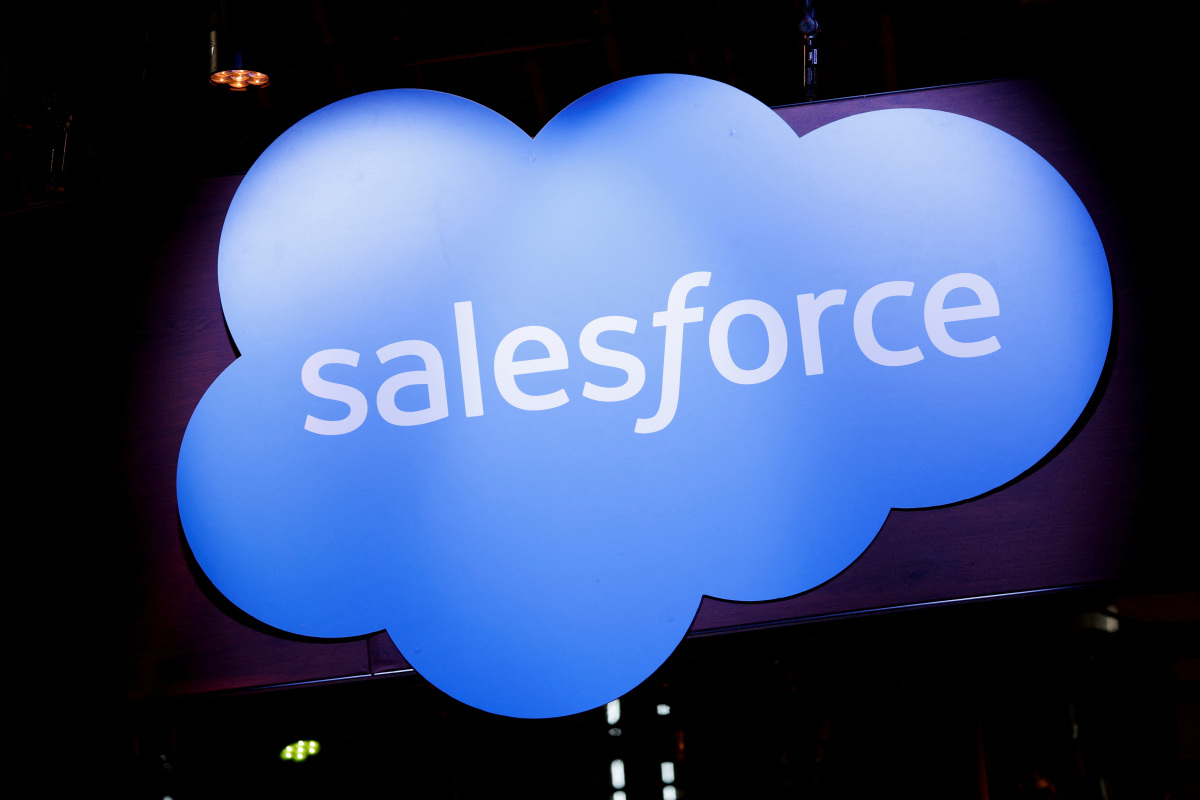AI is the next big thing in the IT industry. Salesforce wants to be on top of it.
That’s according to its Salesforce Chair and CEO, Marc Benioff.
“We’re now the third largest enterprise software company by revenue, the number one AI CRM, and the number one enterprise apps company,” he said in a statement accompanying the release of its third quarter fiscal 2024 ended October 31, 2023. “Most importantly, we’re bringing CRM, data, AI and trust together in a single, integrated platform, leading our customers into a new era of incredible productivity and growth.”
Meanwhile, Mr. Benioff cheered CRM’s profitable growth. “We had another strong quarter of executing on our profitable growth plan we set in motion last year, delivering $8.7 billion in revenue and again raising our operating margin guidance for this fiscal year,” he said.
Amy Weaver, President and CFO of Salesforce, provided further insight into the company’s robust growth, operating margins, and commitment to AI. “Over the last year, we have transformed the company, enabling us to deliver another quarter of strong, profitable growth with a GAAP operating margin of 17.2% and non-GAAP operating margin of 31.2%,” she said. “We remain focused on driving shareholder value as we deliver innovation to our customers as the #1 AI CRM.”
Michael Ashley Schulman, CFA, Partner & Chief Investment Officer Running Point Capital Advisors, was also impressed with the company’s third-quarter growth performance, and improving profit margins.
“Salesforce’s CEO, Marc Benioff, has been successful in expanding profit margins by implementing a cost-cutting campaign, which includes a reduction in the workforce and a focus on self-service purchasing to cut sales and marketing expenses,” he told the International Business Times. “The company’s move to make its products available on Amazon Web Services is a strategic way to reach new customers while reducing the cost of sales.”
Schulman believes the integration of significant acquisitions, including Slack, Tableau, and MuleSoft, may finally be hitting their stride, with revenue growth in those units finally accelerating in the third quarter, a positive sign for investors. Nonetheless, he is concerned that the extreme focus on cost-cutting may impact revenue growth.
But there’s a more fundamental problem with Salesforce’s growth strategy, which AI and cost-cutting have yet to solve: the lack of value creation for its capital holders. Over the last five years, the company’s economic value added (EVA) or economic profit (EP) has been negative and deteriorating, from $969 million in 2018 to $9,929 billion in 2023, according to Stock-analysis on-net site.
EP is the difference between return on invested capital (ROIC) and the weighted average cost of capital (WACC). A positive EP means the company destroys rather than creates value as it grows.
CRM’s value creation problem is confirmed by Gurufocus.com, which has provided EP data for over 10 years. In addition, the data provided further insight into the root of the company’s value creation problem: it pays a great deal to raise capital and earns too little or no return on it.
As of Nov. 30, 2023, Salesforce had an ROIC of 3.32% and a WACC of 10.46%. That yields an EP of -7.14%.
Security analysts know too well what a negative EP over a prolonged period means: the company is doing poorly managing other people’s money.
While that may be expected for start-up technology companies, it’s hardly justified for a two-decade-old company.
It may be time for its leadership to devise a strategy that balances growth with value creation for capital holders.






